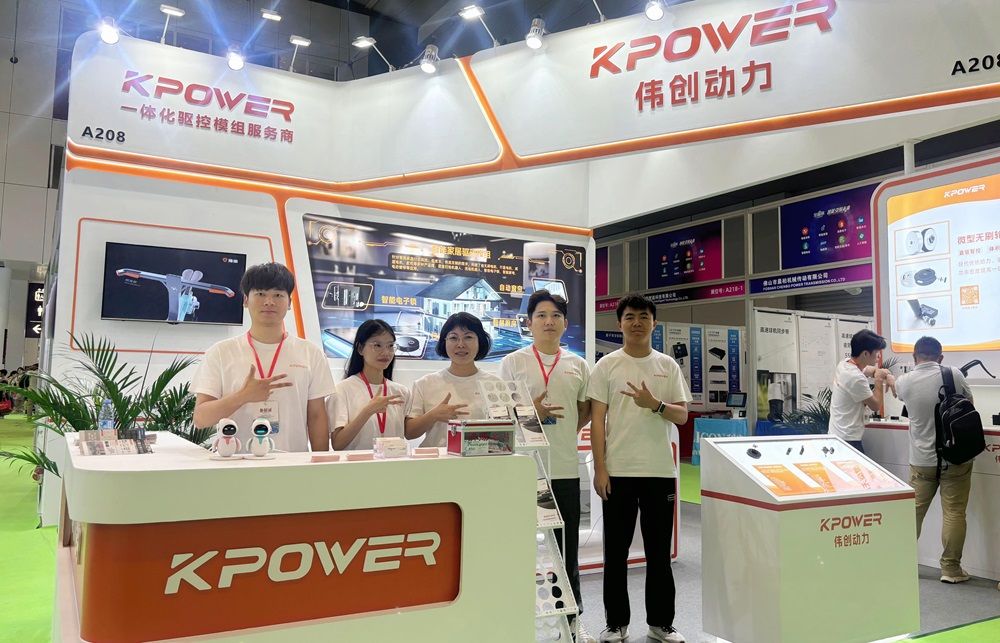Searching for a way to streamline your microservices? Ever thought about building a solid API gateway? If you’re staring at a mountain of microservices but feeling overwhelmed with how to connect them smoothly, you're not alone. Let’s dig into how to craft an API gateway that actually works—no fluff, just real talk.

First off, think of an API gateway as the traffic cop for your microservices. It’s like directing cars at a busy intersection, making sure every request goes to the right place without chaos. To get this right, you need to start with a solid foundation—something flexible, capable of handling load, and easy to adapt.
One way to do that is by leveraging cloud-native tools. They’re designed for scalability. Imagine deploying the gateway using Kubernetes, where automation makes life easier. Setting up a service mesh like Istio or Linkerd can give you an extra layer of control—routing, traffic splitting, observability. It’s a bit like having a dashboard that shows what’s happening under the hood.
Now, about choosing the right architecture—restful APIs are still king, but the gateway needs to be more than just a pass-through. It’s acting as a gatekeeper, so it should handle authentication, rate limiting, and caching right out of the box. Think about how a fast-food restaurant manages orders—that's your gateway, keeping everything running smoothly and correctly.
What about security? Do you really want to open every backend microservice directly to the world? Of course not. An API gateway is perfect for encapsulating security policies. Use OAuth tokens, API keys—whatever keeps your data safe. And it’s easier to update security on one front than on every microservice.
Sometimes, people ask: “Can I just use a load balancer?” Sure, but a load balancer doesn’t give you control over routing, versioning, or transformation. An API gateway is more like a Swiss Army knife—it can adapt requests, add headers, or even modify responses based on the situation.
Think about operational insights—logging and monitoring become a breeze. You’ll want to hook up your gateway to a centralized dashboard. Here, you can see latency issues, error rates, or even pinpoint bottlenecks in real-time. This kind of visibility saves a lot of headaches in production.
Building an API gateway isn’t a one-night job, but with the right approach, it can be straightforward. It’s all about layering—putting security at the forefront, optimizing traffic flow, and keeping everything observable. You want a gateway that’s not just functional but also reliable, scalable, and easy to tweak as the needs evolve.
At the end of the day, having this kind of setup transforms chaos into control. Microservices are powerful, no doubt about it. But without a proper gateway, managing all those pieces is like juggling flaming torches. With the right tools, though—like a well-configured API gateway—you’re turning that chaos into a symphony.
Established in 2005, Kpower has been dedicated to a professional compact motion unit manufacturer, headquartered in Dongguan, Guangdong Province, China. Leveraging innovations in modular drive technology, Kpower integrates high-performance motors, precision reducers, and multi-protocol control systems to provide efficient and customized smart drive system solutions. Kpower has delivered professional drive system solutions to over 500 enterprise clients globally with products covering various fields such as Smart Home Systems, Automatic Electronics, Robotics, Precision Agriculture, Drones, and Industrial Automation.




































